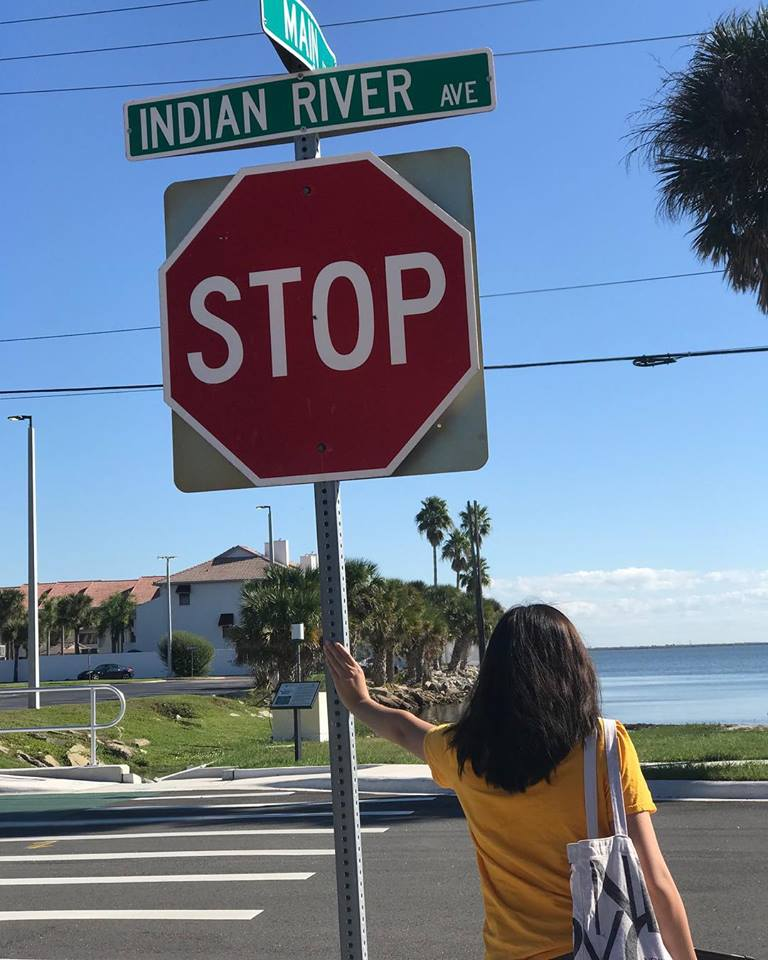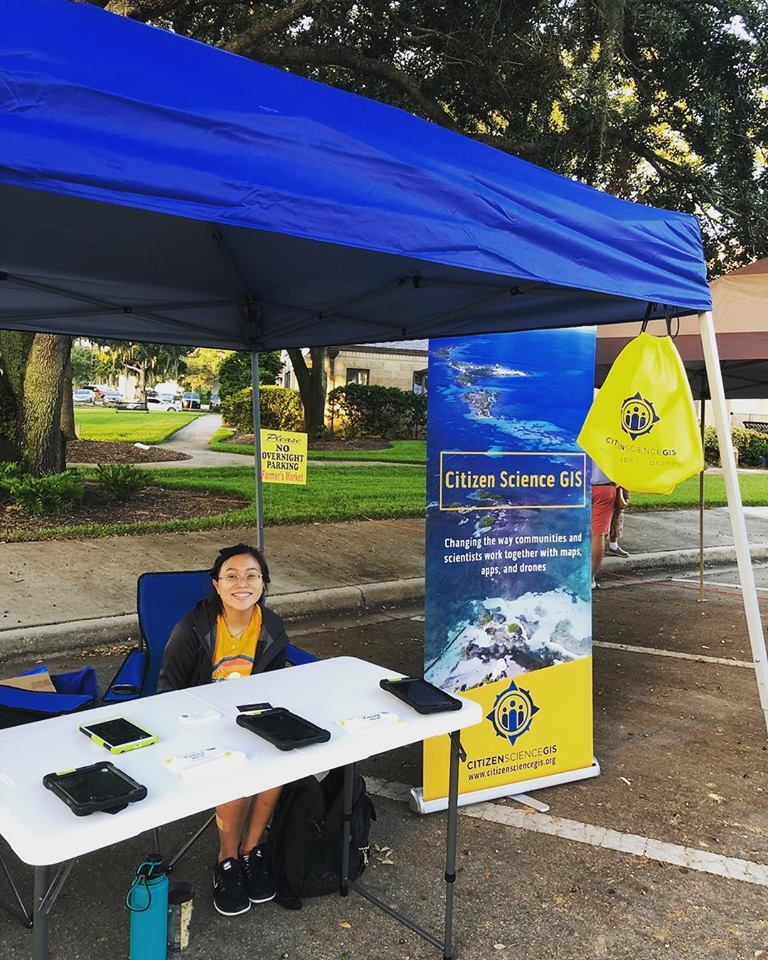Mosquito Lagoon Research and Action
Forthe past two years I’ve had the great pleasure to work with scientists, businessowners and other local community members passionate about protecting what theymost value about Mosquito Lagoon in Florida. This NSF-funded work with ourinterdisciplinary partners included talking with different groups of people tounderstand where they feel most connected to the Mosquito Lagoon and why inorder to inform ecosystem restoration priorities. The idea behind this is that decidingwhat to restore (and how to restore it) is based on human values andpreferences, so restoration success relies on understanding both the social andphysical characteristics of a place.
Tolearn about people’s sense of place in Mosquito Lagoon, we held 16 focus groupswith 85 people including restoration volunteers, fishermen, business owners,informal educators, and decision makers to ask about their priorities andperceptions of restoration. With our incredible team of undergraduate researchers,we also surveyed over 1000 people with our onlinemapping application to learn which places people felt most emotionally attached toand why.

Here is what we learned:
- Throughout the course of this work we heard that people valuerestoration not only for its ecological impacts, but also for the educationalopportunities it provides.
- People liked restoration to be visible, in high-traffic placeswhere they could point it out to their children and talk about it.
- People don’t all talk about restoration the same way. What somecall “restoration” others called “resiliency” or “preservation” or“enhancement.” Personal perceptions and definitions of these words influencespeople’s feelings and/or support for each.
- People wanted more than just words… they wanted to see ACTION. Wewanted to help with that.

In February 2019 we held a listening session where restoration scientists on our teamlearned about community members’ priorities to integrate them in upcomingoyster reef and living shoreline projects. Based on what they heard fromattendees, all the new oyster sites restored in Mosquito Lagoon, were in highlyvisible locations, as the group suggested. Our team’s restoration scientistsalso met with Canaveral National Seashore staff to discuss enhancing signageabout oyster reef restoration for educational purposes.
Some people also mentionedconcerns about the plastic used in oyster mat restoration, complementing ourteam’s existing quest to find alternatives to plastic. Because of this, 3 ofthe 5 oyster reef restoration sites were made of a new biodegradable material fromBESE Productsin the Netherlands (potato chip waste) to betterunderstand their effectiveness and feasibility for future restoration,especially at 14 times the cost of the traditional method. 1400 feet of livingshoreline were also stabilized this summer in areas suggested at our listeningsession, and scientists are working with Canaveral National Park to replaceeducational signage there.

In all, our work emphasized theimportance of connecting science and society, acknowledging that science doesnot happen in a vacuum. Communities andscientists are passionate and committed in their quest to protect naturalresources. It is important for these groups to continue to collaborate andlisten to each other for restoration to provide the most benefits to the mostpeople. Our efforts are an example of how this collaborative approach canimprove outcomes for everyone involved.

